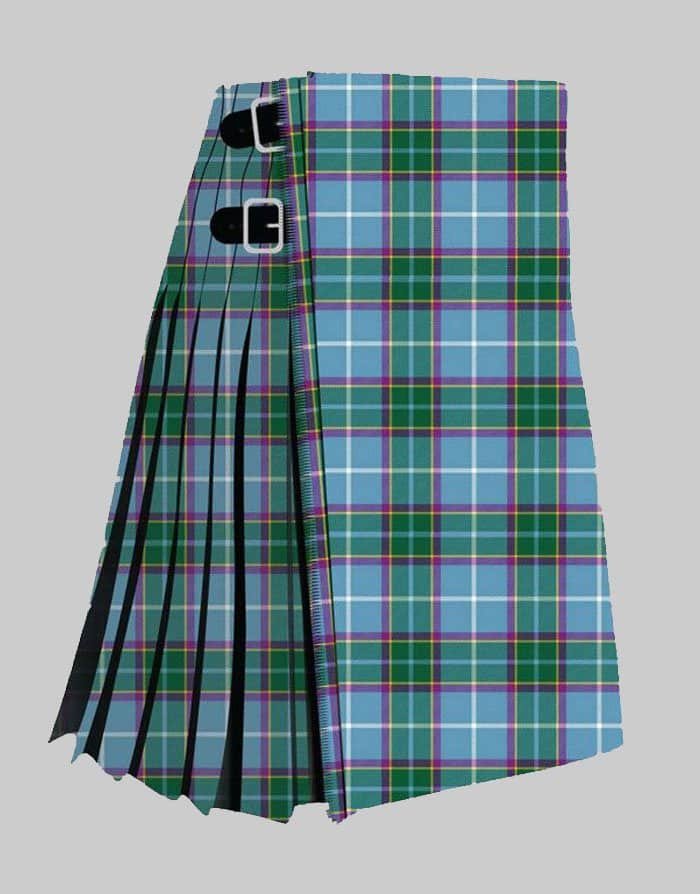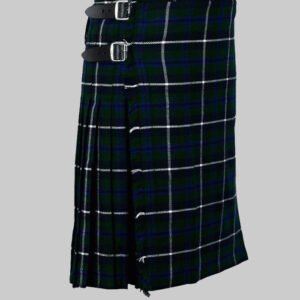What is an Isle Of Man Tartan?
The Isle of Man tartan, also known as the Manx tartan, is a tartan associated with the Isle of Man, a self-governing Crown dependency located in the Irish Sea. The tartan is predominantly blue with hints of purple, yellow, green, and white throughout. Each color is meant to symbolize a different aspect of the Isle of Man’s history and culture. The tartan can be used to create a variety of products, including kilts, scarves, fabrics, and more. The Isle of Man tartan is registered with The Scottish Register of Tartans.
What is the History of the Clan Isle of Man?
The Isle of Man is a self-governing Crown dependency located in the Irish Sea. The island has a rich history that dates back to the 12th century. The Isle of Man has been occupied by Celtic-speaking peoples, Christianized by Irish missionaries, and ruled by Vikings from Norway. The island became a Scottish possession in the 13th century but passed back and forth between Scotland and England for a hundred years before finally coming under British rule. The Isle of Man tartan, also known as the Manx tartan, is a tartan associated with the Isle of Man. The tartan is largely blue with hints of purple, yellow, green, and white throughout. Each color is meant to symbolize a different facet of the Isle of Man’s history and culture.
What is the Douglass Clan and how is it related to the Isle of Man?
The Douglas family is connected to the Isle of Man through the Douglass clan, which is a branch of the Douglas family. The Douglas family has had a significant impact on the island’s culture, politics, and economy due to their extensive ties to the local nobility. The Douglas family has a long history on the Isle of Man, and their legacy can still be seen in the island’s architecture and culture.
What is the Color’s Significance in the Isle Of Man Tartan?
The Isle of Man tartan, also known as the Manx tartan, is predominantly blue with hints of purple, yellow, green, and white. The light blue represents the sky, while the dark blue represents the sea. The green represents the island’s landscape, while the yellow and black stripes are reminiscent of the Isle of Man’s flag. Each color in the tartan symbolizes a different aspect of the Isle of Man’s history and culture.
What is the Crest of the Clan Isle of Man?
The Isle of Man’s crest is known as the “triskelion,” a symbol of three armored legs joined at the thigh and bent at the knee. The triskelion is one of the most recognizable symbols in the world and represents the island’s rich history. The symbol has been associated with the Isle of Man since at least the 13th century and is also featured on the island’s flag. The triskelion is often used in the island’s heraldry and is a prominent feature in the Isle of Man tartan.





